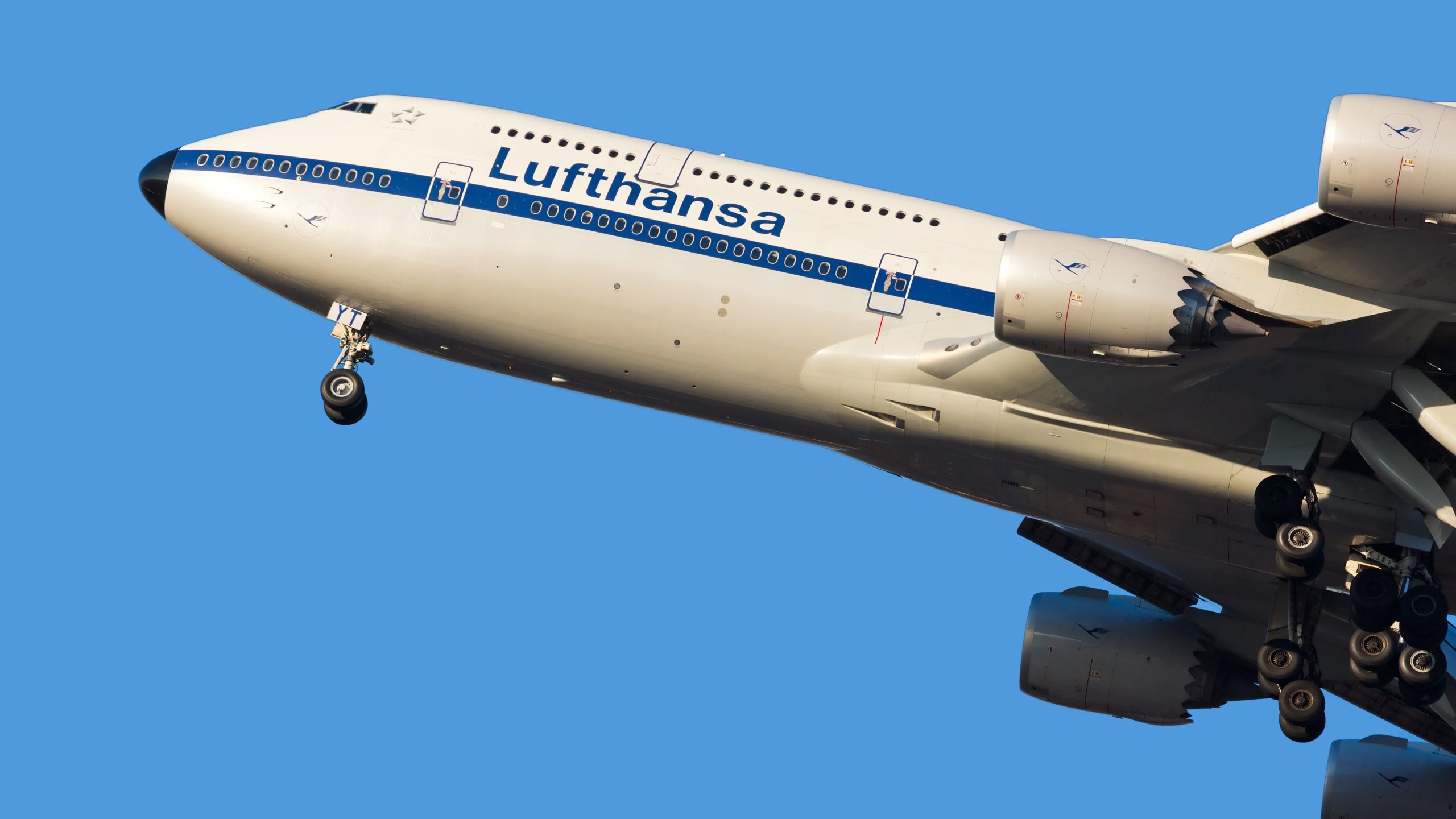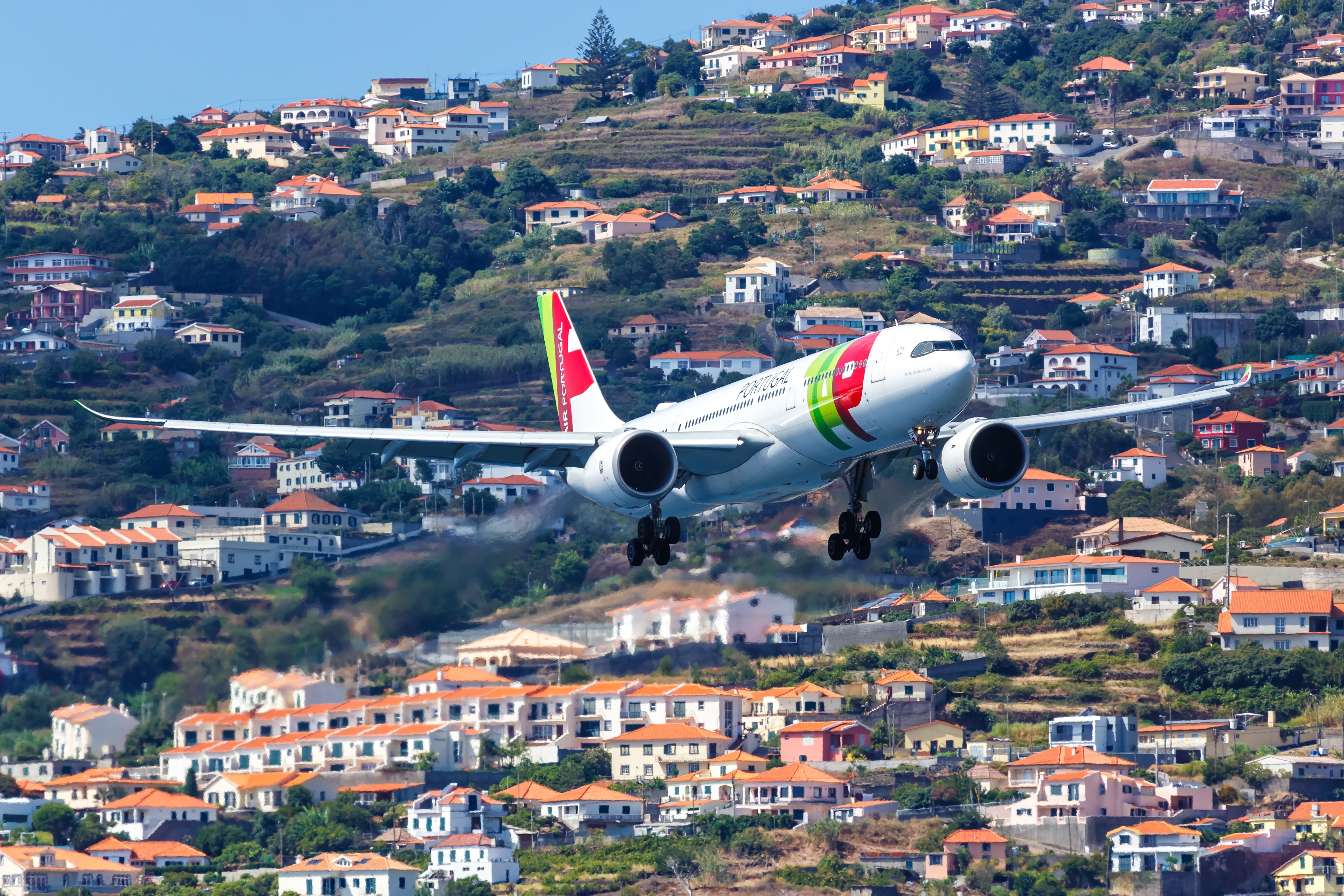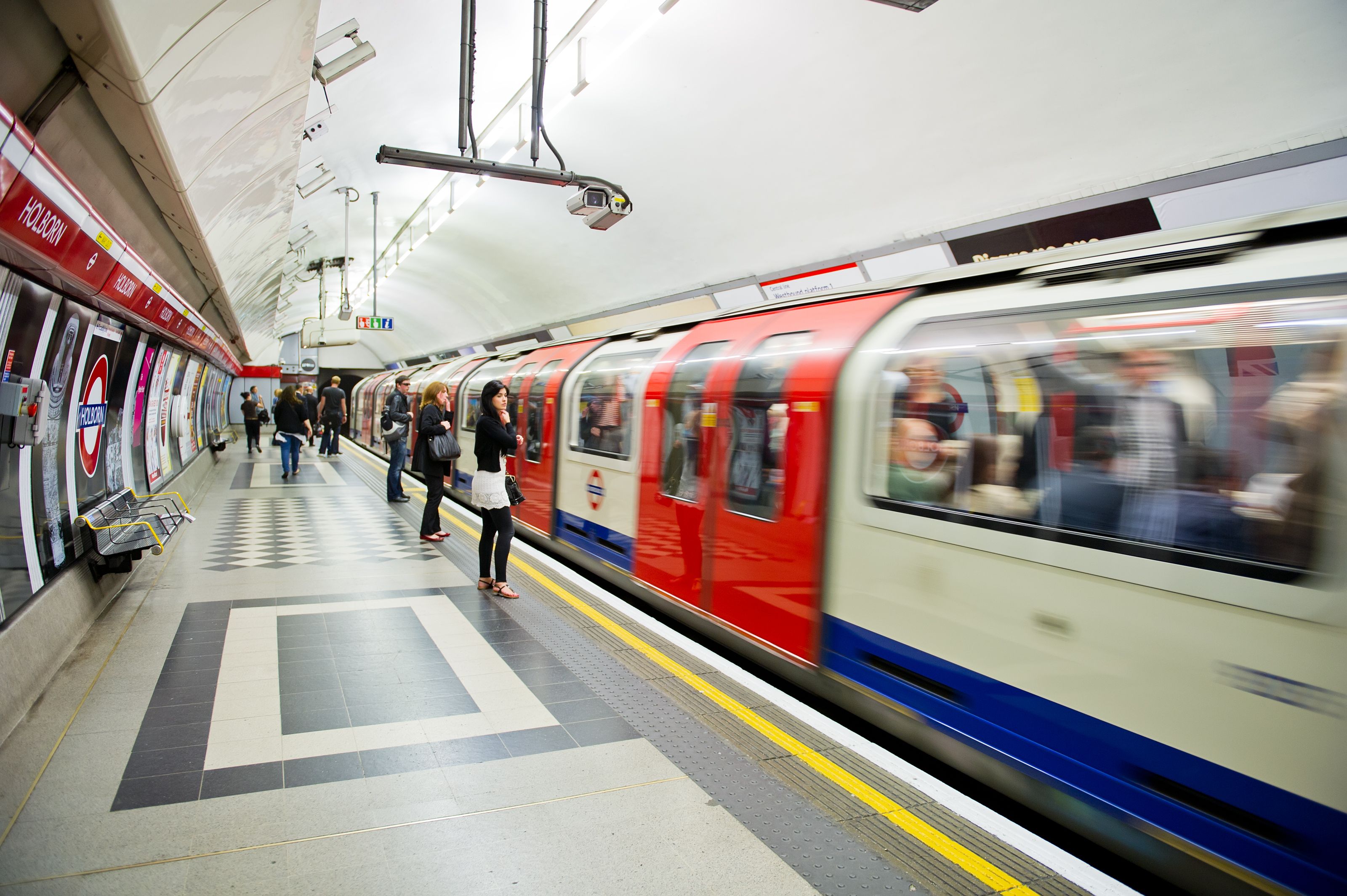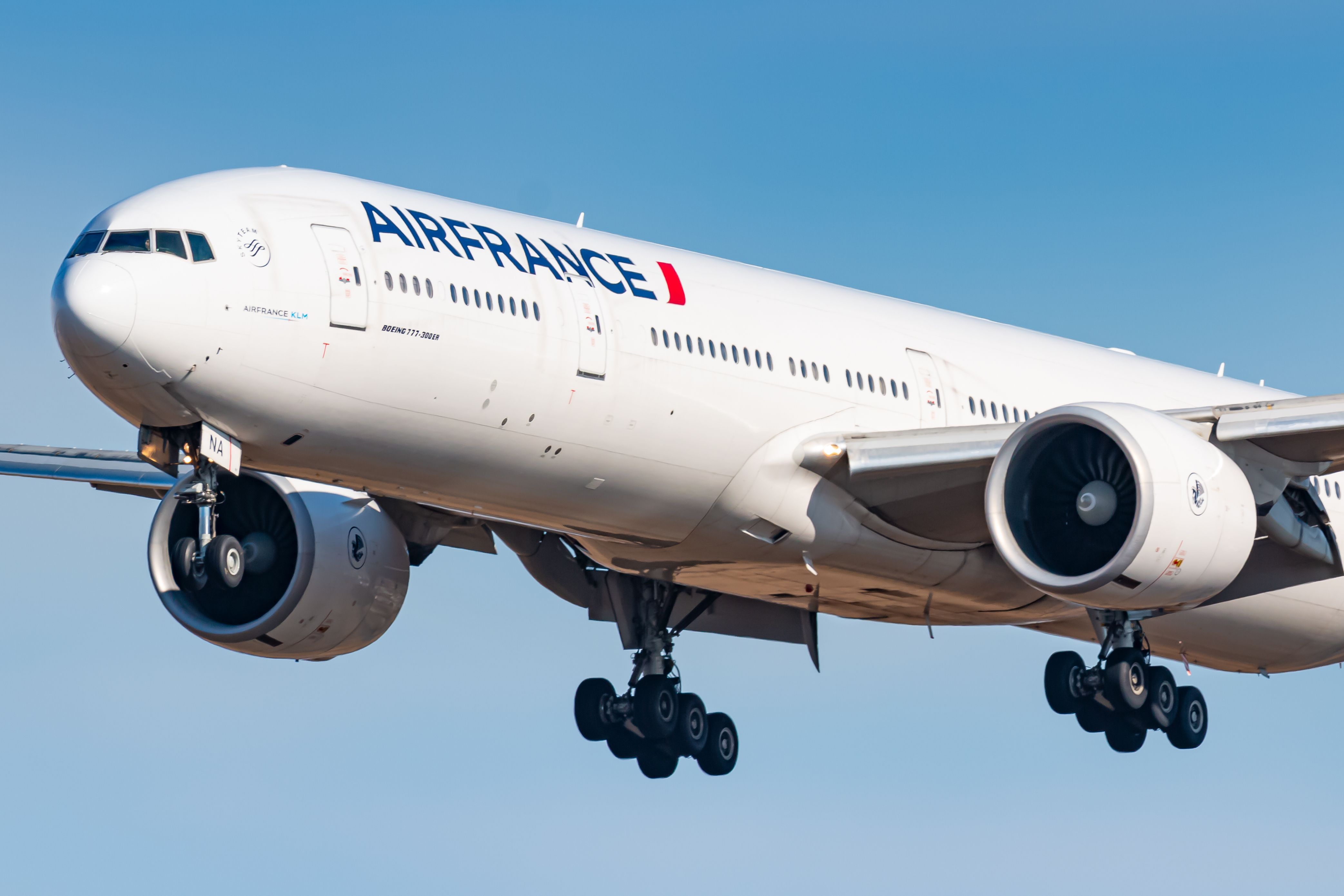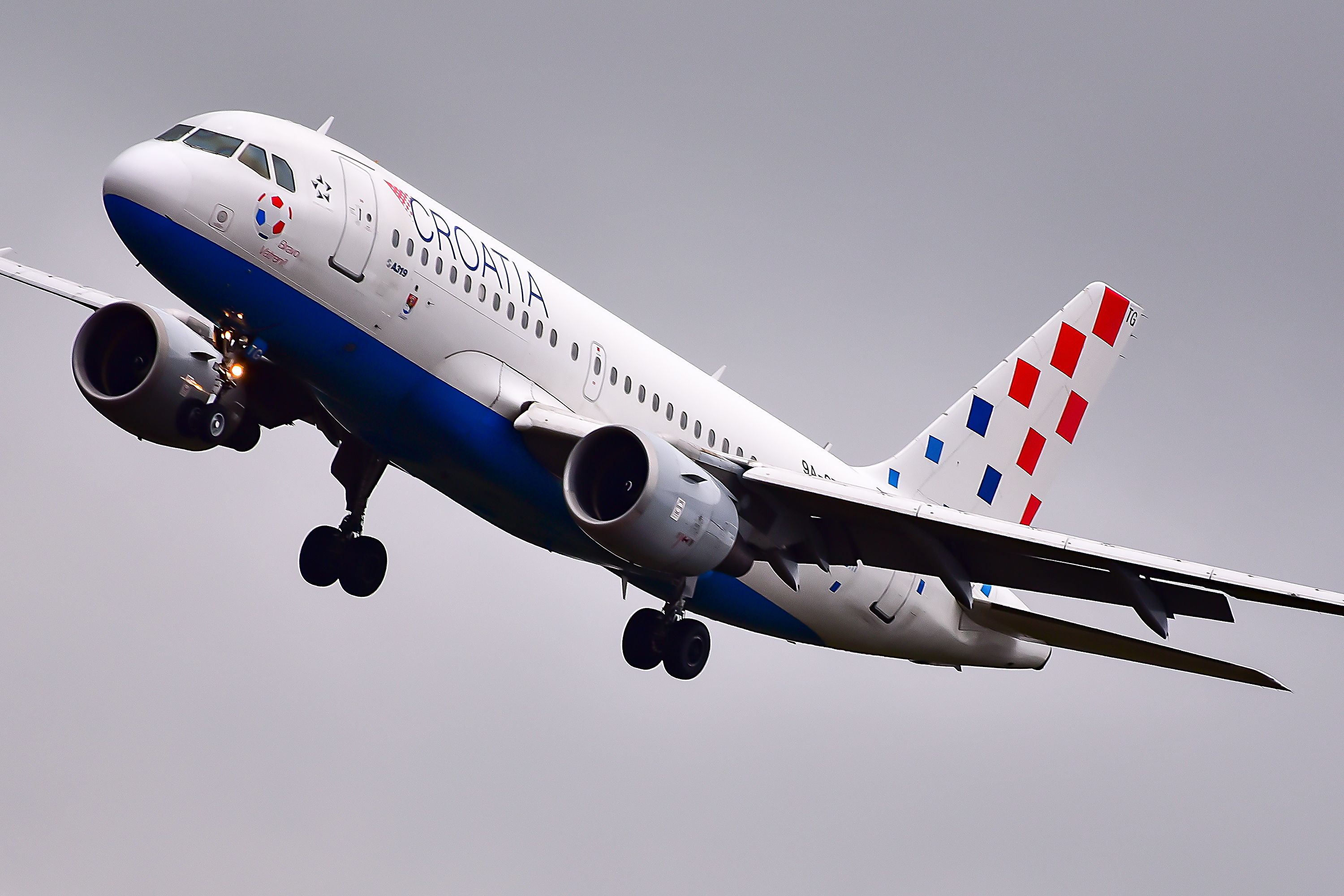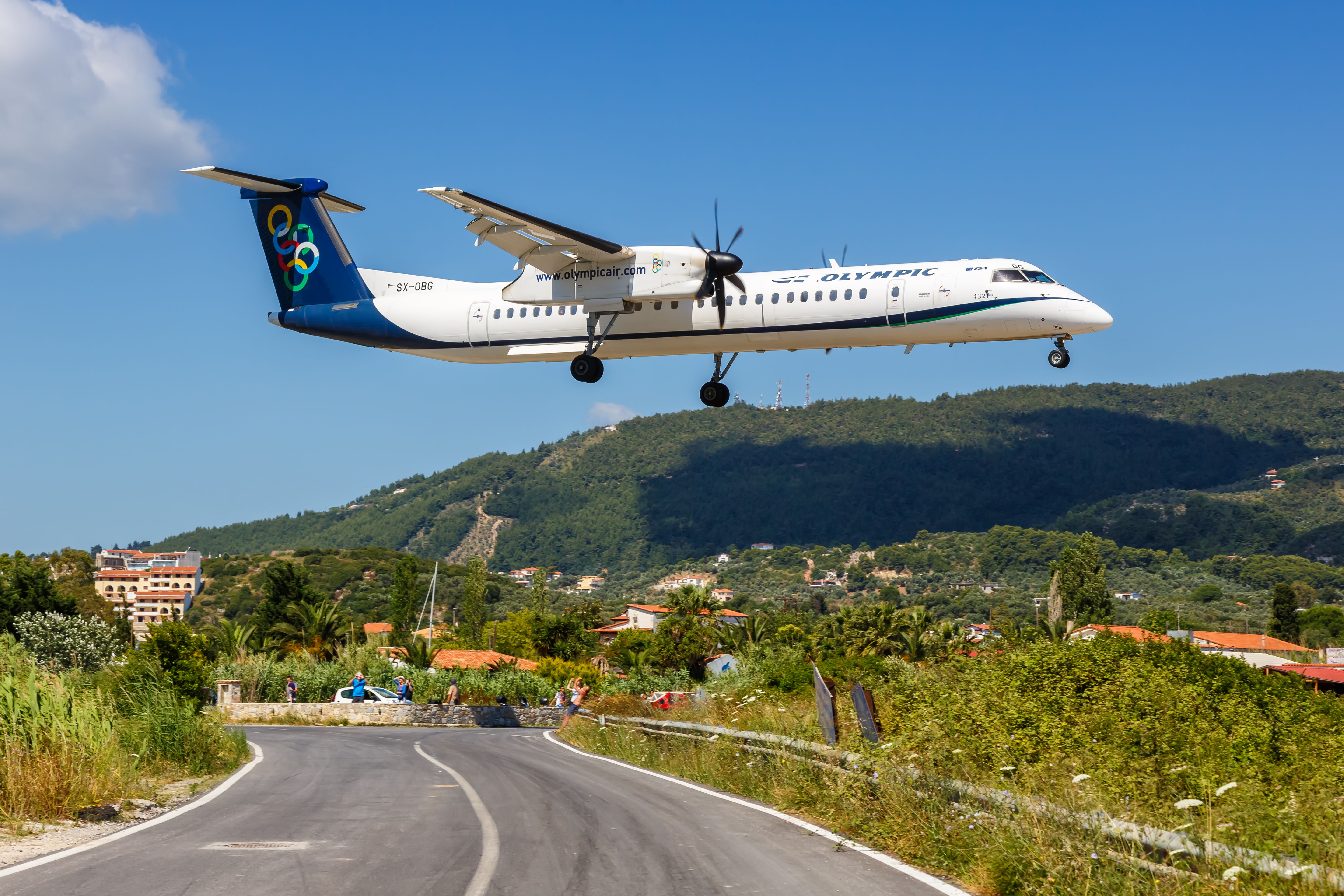Summary
- Car usage in Europe has increased in recent years, reaching 79.7% of total passenger kilometers in 2021, up from 73.1% in 201
- However, the pandemic caused a temporary spike in car usage in 2020.
- Public transport usage in Europe decreased during the pandemic, with coach and bus travel falling from 9.0% to 7.1% of passenger kilometers and train travel declining from 6.6% to 5.6%. Public transport was on the rise prior to the pandemic as countries aimed for sustainability.
- Air travel saw consistent growth from 2011 to 2019, accounting for 15.0% of all passenger kilometers. The pandemic caused a significant drop in air travel to 5.7% in 2020, but it has since recovered to 7.3% in 2021, with air travel now at 94% of pre-pandemic levels.
Europe boasts an extensive and robust transport network, and is home to some of the world’s busiest airports, including London Heathrow (LHR) and Frankfurt Airport (FRA). But it is not immune to external influences, and the past decade has brought some significant changes to transport across Europe.
From multiple airline consolidations and the impact of the pandemic to a greater focus on sustainability, air travel has been particularly vulnerable to such changes.
According to data from statista, 818 million passengers took to the skies across the EU in 2011, with the figure gradually increasing each year, before reaching a peak of 1.14 billion in 2019. The number of passengers plummeted to a low of 276 million in 2020 as a result of the pandemic, but the recovery and subsequent growth have been strong.
In the week of September 6th through 12th, an average of 35,514 flights took to the skies each day across Europe, according to data from Eurocontrol (the European Organisation for the Safety of Air Navigation). This was 7% more than the same period in 2022, and represents 94% of 2019’s figure.
Photo: Markus Mainka/Shutterstock
To mark the end of European Mobility Week, which ran from September 16th through 22nd, what are some of the ways in which travel across the continent has changed in the past decade?
5 Increased car usage
Data from eurostat shows that car usage across the EU has increased from 73.1% of total passenger kilometers in 2011 to 79.7% in 2021. However, it is worth noting that until 2019, car usage was gradually decreasing each year.
Then, along came the pandemic, which saw air travel plummet and pushed car usage up to 81.9% of total passenger kilometers in 2020. That said, the total number of passenger kilometers traveled by car actually decreased from 4.2 billion in 2019 to 3.5 billion in 2020.
4 Decreased use of public transport
Between 2011 and 2021, The amount of passenger kilometers traveled by coach and bus decreased from 9.0% to 7.1%, while the figure for trains fell from 6.6% to 5.6% during the same period. However, public transport usage was on the increase until the pandemic, as countries across the continent put a greater focus on expanding their public transport networks in a bid to promote greener forms of travel and meet their sustainability targets.
Photo: JuliusKielaitis/Shutterstock
The decrease in public transport usage throughout the pandemic is not unexpected, as services were reduced, and many passengers were keen to avoid crowded public spaces.
3 Changes in air travel
From 2011 through 2019, air transport saw consistent growth, rising from 10/9% of all passenger kilometers to 15.0%.
Photo: Lukas Wunderlich/Shutterstock
When the pandemic struck, this plummeted to just 5.7% in 2020, although by 2021, the figure had already started to rise again to 7.3%. The recovery from the pandemic has been strong, particularly from 2022 onwards, and air travel across the continent now stands at 94% of pre-pandemic levels.
2 Countries with the most air travel
The three European countries with the highest percentage of passenger kilometers traveled by air in 2021 were Croatia, Bulgaria, and Spain.
In Croatia, 25.4% of all passenger kilometers were by air, and just one year later, in 2022, the country’s airports saw a total of 9.5 million passengers. Four of these airports broke the one million passenger mark last year – Zagreb Airport (ZAG), the country’s largest, and Split Airport (SPU) both saw 2.8 million passengers, followed by Dubrovnik Airport (DBV) with 2.1 million and Zadar Airport (ZAD) with 1.1 million. Croatia’s growing tourism industry has played a large part in such an expansion of the country’s air network.
Photo: Vytautas Kielaitis/Shutterstock
Bulgaria came in second place, with 16.3% of all passenger kilometers traveled by air, followed by Spain, with 13.1%. Spain’s strong position can be partially explained by the significant number of routes to the country’s islands. In fact, in 2021, Madrid (MAD) to Palma de Mallorca (PMI) was Europe’s busiest domestic route, with 1.1 million passengers.
Historically, the country’s strongest performing domestic route had been Madrid to Barcelona (BCN), but the advent of high-speed trains connecting the two cities has seen services on the so-called Puente Aéreo reduced.
1 Countries with the most sea travel
When it comes to the European countries with the most passenger kilometers traveled by sea, Croatia came out on top again in 2021, with 2.7%. Greece was in second place, with 1.6%, which is not surprising, given the country’s many islands.
That said, Greece does have a robust domestic air network too, which is operated primarily by Aegean Airlines, Olympic Air, and Sky Express. Both pre- and post-pandemic, the country’s busiest three airports are Athens (ATH), Heraklion (HER), and Thessaloniki (SKG).
Photo: Markus Mainka/Shutterstock
1.5% of all passenger kilometers were traveled by sea in Estonia, putting the Baltic country in thrid place. There were a number of nations, including Czechia, Luxembourg, Hungary, Austria, and Slovakia, which were not included in the list as they have no sea transport network at all.
The pandemic skewed the figures somewhat, and had it not happened, it is likely that car usage across Europe would have continued to decrease at a similar rate throughout 2020 and beyond. Countries are investing more in their public transport networks, as they strive to achieve their ambitious sustainability targets, and we will likely continue to see increased use of buses, coaches, and trains over the coming years.
When it comes to air travel, this is expected to rise too. Eurocontrol’s outlook puts 2025 as the year when the number of flights will finally exceed pre-pandemic levels.
What do you think of the above changes in transport habits across Europe? Are there any surprises? What further changes do you think the next decade will bring? Share your thoughts by commenting below.
Sources: Eurostat, Statista, Eurocontrol

